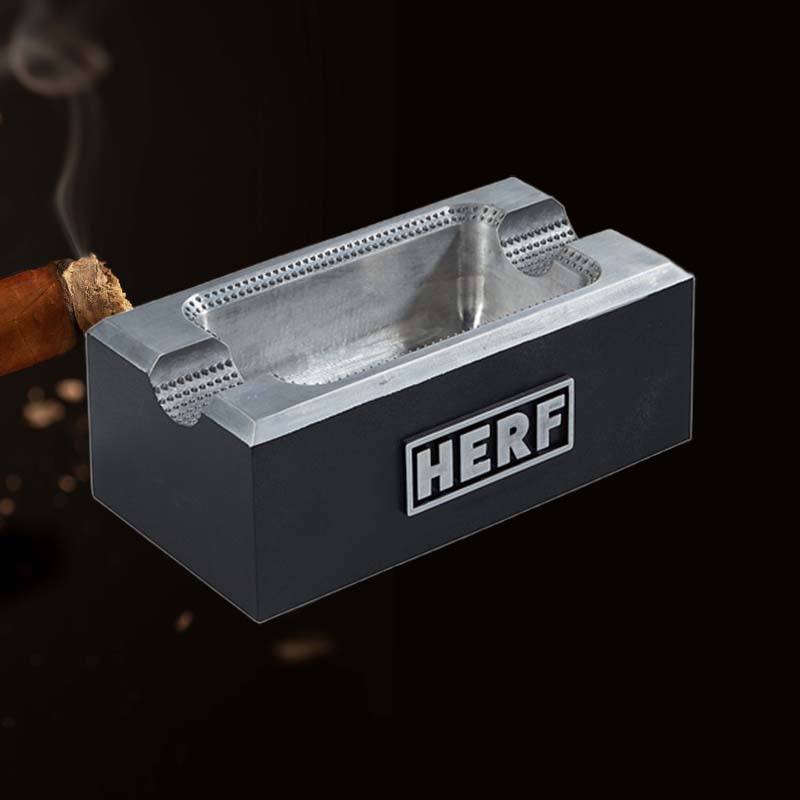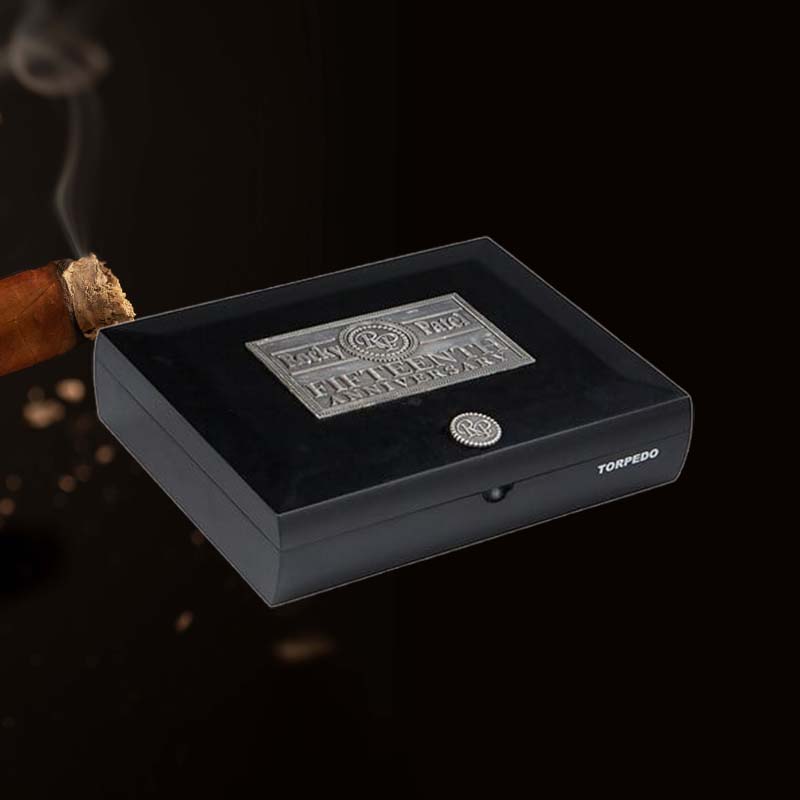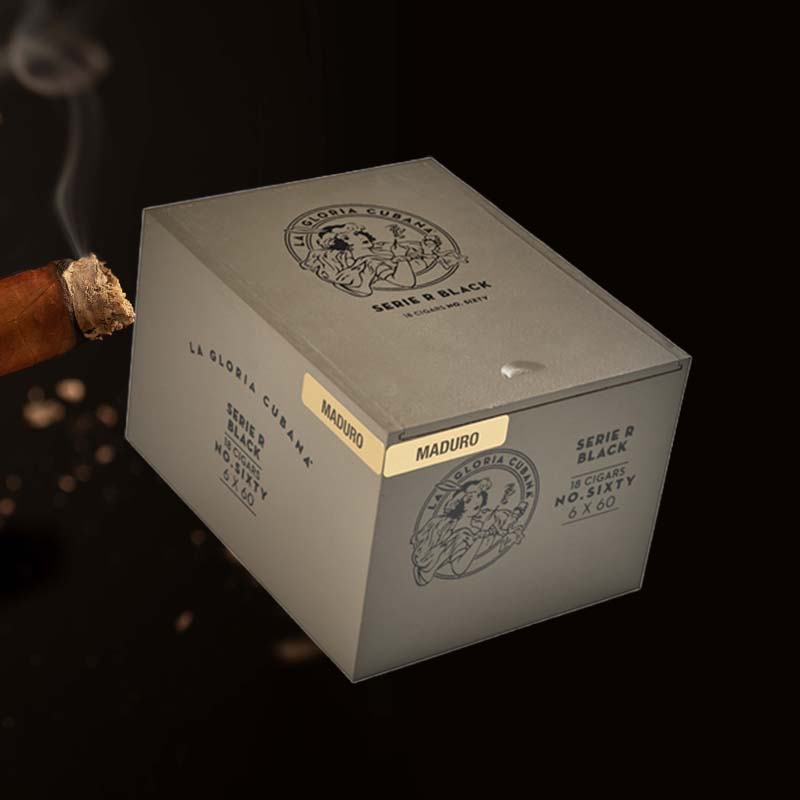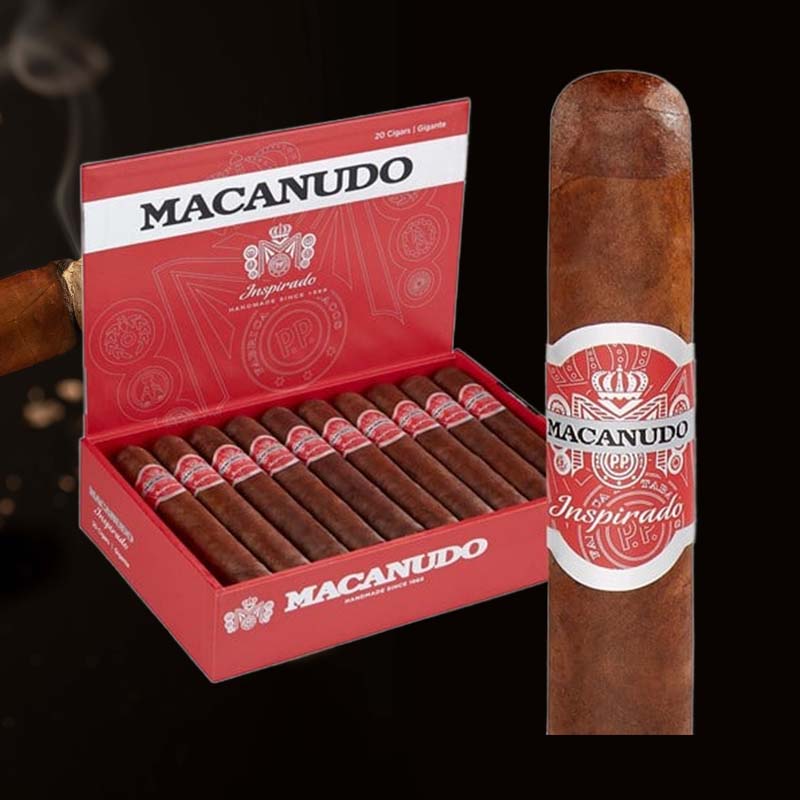What is cigar plume
Today we talk about What is cigar plume.
As a cigar aficionado, I’ve always found myself mesmerized by the various phenomena that can occur in this world of rich flavors and aromas. Among these, the emergence of cigar plume stands out, capturing my curiosity and delight. This phenomenon manifests as a fine, white powder and raises questions for both new and seasoned smokers. So, what exactly is cigar plume, and how does it impact my smoking experience? Let’s explore this topic in depth.
What is Cigar Plume?
Cigar plume, often mistaken for mold, is actually a positive sign that indicates the aging process of a cigar is going well. According to the Cigar Aficionado magazine, properly aged cigars can develop plume if they are stored in ideal conditions—around 70°F (21°C) and 65-72% humidity. It results from the natural oils and sugars within the tobacco crystallizing on the surface. This white powder signifies that your cigar has matured and can provide a smoother and richer smoking experience.
What is Plume, and What Causes it to Form on a Cigar?
- Natural Aging: Cigars with a minimum aging of 2-3 years are more likely to develop plume, as the oils and sugars can crystallize with time.
- Humidity Levels: Humidity levels maintained around 65-72% significantly encourage plume formation, whereas humidity below or above this range can lead to other issues.
- Temperature Fluctuations: Consistent temperatures around 70°F (21°C) with minimal fluctuations create an environment conducive to plume formation.
How to Tell the Difference Between Plume and Mold

Differentiating between plume and mold is crucial for cigar lovers like me. Knowing the differences can save me from prematurely tossing out a good cigar.
Mold Vs Plume: How to Tell the Difference
- Color: Cigar plume appears as a fine white powder, while mold typically presents as various shades of green, blue, or gray.
- Texture: I’ve noticed that plume feels like soft powder that easily brushes off, while mold feels fuzzy or sticky and may not come off easily.
- Location: Plume tends to form evenly across the wrapper, while mold can show up in patches, often with uneven distribution.
Identifying Cigar Plume

Identifying cigar plume is rewarding, as it signals that preservation efforts are paying off. There’s a certain thrill in spotting plume on a cigar, marking its journey to perfection.
How do I Identify Cigar Plume?
- Visual Inspection: I regularly inspect my cigars for a fine, white film over the wrapper, which suggests plume.
- Touch: Gently rubbing the surface helps; plume will come off easily, while mold may resist being wiped away.
- Smell: If a cigar emits a pleasant tobacco aroma, that’s a good sign. Mold would have a strong, musty odor, signaling trouble.
Is Cigar Plume Good?

The notion of cigar plume elicits great joy—this white dust isn’t just harmless, it’s a testament to my cigar’s quality! When I notice plume, I recall statistics showing that cigars aged over two years often provide a richer flavor experience.
So, what is plume and is it harmful?
Cigar plume is completely harmless! In fact, it means my cigar has matured well, indicating enhanced flavors and a smoother smoking experience. A well-aged cigar can have a 10-20% better flavor profile when plume is present.
What Should I Do if My Cigar is Covered in Plume?
The moment I spot plume can be exhilarating! Knowing what actions to take enhances the overall experience and ensures my cigar stays pristine.
Can I Still Smoke Cigars With Plume?
Definitely! I enjoy smoking cigars covered in plume, as they provide a unique and intensified flavor profile. Feel free to light one up without hesitation when you find plume; it’s a good sign!
Preventing Cigar Plume

“Prevention is better than cure,” as they say. Creating an optimal environment in my humidor not only helps in plume development but also guards against unpleasant surprises like mold.
How To Prevent Cigar Plume
- Maintain Humidity: I keep the humidity between 65% and 72% to promote plume development while preventing mold.
- Control Temperature: It’s essential to keep the temperature around 70°F (21°C) for optimal aging conditions.
- Avoid Overloading: I ensure there’s enough airflow in my humidor; overcrowding leads to excessive moisture retention, resulting in mold.
What is Mold?
It’s just as critical to know about mold as it is to appreciate plume. Mold can damage my cigars, and understanding its formation helps me take necessary precautions.
What Causes Mold to Form on a Cigar?
- Excess Humidity: Mold thrives at humidity levels exceeding 75%, making it vital to monitor conditions in my humidor.
- Poor Airflow: I always ensure there’s proper air circulation; stagnant air becomes a breeding ground for mold.
- Contaminated Environment: Keeping my storage space clean is non-negotiable; it minimizes the risk of any mold spores affecting my cigars.
What To Do If You Find Mold on Your Cigars

It’s disheartening to find mold on a cigar, but knowledge empowers me to tackle the issue head-on.
What should I do if my cigar is mouldy?
If I find mold, I quickly remove the affected cigars from my humidor and check for any others. Generally, moldy cigars should be discarded, especially if they have green or gray fuzz, as they can negatively impact my collection.
Salvaging Moldy Cigars

The hope of reviving a moldy cigar can be tempting. I’ve looked into possible salvaging methods and found them to be worth considering under specific conditions.
Are Some Cigars with Mold Salvageable?
Occasionally, if the mold is superficial, I can wipe it off with a slightly damp cloth and let it dry in a low-humidity environment. However, I typically proceed with caution, as most cigar aficionados recommend discarding heavily moldy cigars for health reasons.
Maintaining Your Humidor

Regular maintenance of my humidor is vital to ensure I enjoy high-quality cigars, rich in flavor and aesthetics. A well-cared-for humidor helps prevent the formation of mold while promoting the development of plume.
How to Remove Mold from a Cigar Humidor:
- Empty the Humidor: I take everything out to assess & clean the space properly.
- Clean Surfaces: Mixing vinegar with water, I scrub down the interior, making sure to reach all corners to eliminate any mold spores.
- Rehydrate: I slowly reintroduce humidity, ensuring levels remain within the safe range to prevent future mold.
Frequently Asked Questions
Is cigar plume good?

Yes, cigar plume is an indicator of a well-aged cigar, enhancing both flavor and smoking experience, often correlating with a smoother smoke.
What does plume mean cigar?
Plume refers to the white powdery substance that appears on cigars, composed of natural oils and sugars, signaling a matured product.
What causes plum on cigars?

Plum develops as those natural oils and sugars crystallize on the cigar’s surface during the aging process, especially in controlled humidity and temperature.
What is the difference between plume and mold on cigars?

Plume is harmless white powder that signifies quality aging, while mold appears as fuzzy patches in colors like green or gray, indicating a problem.





